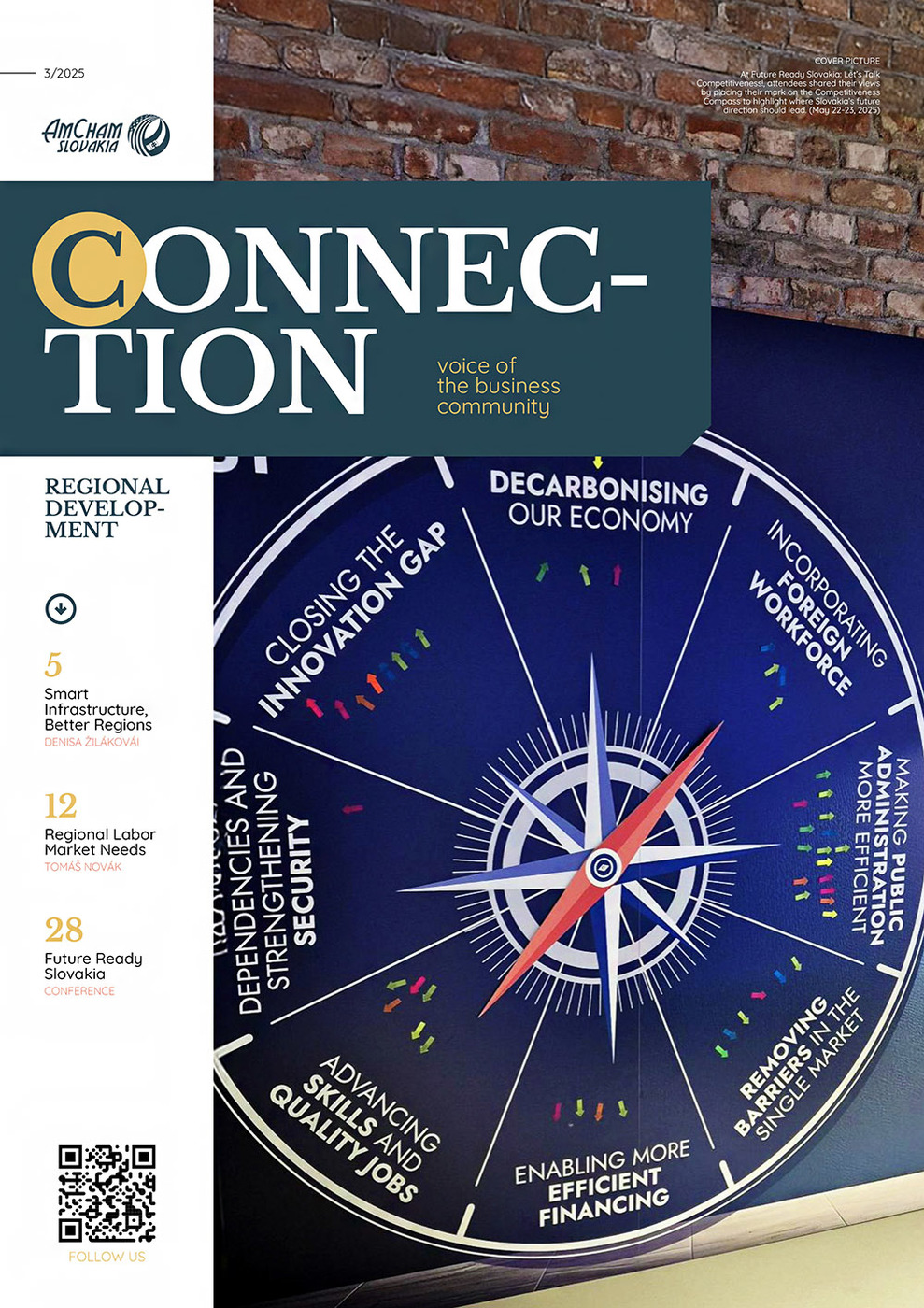Slovakia is experiencing a low unemployment rate, just under 6%. However, this macro-level success masks serious mismatches in regional labor markets. Regions such as Košice, Prešov, Banská Bystrica, and Poprad are simultaneously grappling with workforce shortages and underemployment, especially in rural districts and among disadvantaged groups.
Economic momentum is driven by new investors in automotive, IT, and advanced manufacturing. This is exposing weaknesses in regional labor systems. These include a chronic mismatch between education and workforce needs, insufficient skilled labor in key sectors, poor interregional mobility, and a limited pipeline of qualified foreign workers. Without urgent intervention and better coordination between stakeholders, Slovakiaʼs regional development risks stagnating.
Labor Shortages in Growing Sectors
Analysis by the Central Office of Labor, Social Affairs and Family (ÚPSVR), this shortfall amounts to tens of thousands of workers, with the most critical needs in IT, engineering, healthcare, and construction. In Košice and Prešov, the booming digital economy and upcoming automotive expansions will require thousands of new professionals in automation, logistics, and software development.
In the Banská Bystrica region, the service economy and smart industry sectors are growing, but so is the challenge of attracting and retaining qualified staff. A key issue is the outmigration of youth and recent graduates. Talent continues to flow westward, either to Bratislava or abroad. As a result, employers in more remote districts are left with limited options.
Unemployment vs. Inactivity
While headline unemployment figures are low, the real story lies in economic inactivity. According to the Ministry of Labour’s strategic employment development plan to 2030, Slovakia has a persistent group of long-term unemployed, and in regions like Prešov or Rimavská Sobota, unemployment remains well above the national average.
This inactivity disproportionately affects older workers, women with caregiving responsibilities, and marginalized Roma communities. Structural barriers like insufficient childcare, poor transport, and limited access to retraining programs compound the issue.
To address this, targeted reactivation policies must be expanded. These include reskilling programs, mobility support (such as housing and commuting incentives), and digital literacy initiatives. The Labor Ministry also stresses the need for personalized job-seeking support and stronger cooperation between public employment services and regional employers.
Education Reform and Local Responsiveness
The ÚPSVRʼs 2024 regional employment plan stresses that a central cause of the mismatch is the education system’s failure to adapt to real economic needs. Employers report that many graduates lack the technical and soft skills required for the modern workplace. This issue affects students from both secondary vocational schools and universities.
It is especially problematic in Eastern Slovakia, where strong industrial traditions haven’t been matched by agile education reforms. Career counseling remains weak, dual education programs are underdeveloped, and vocational schools often struggle with outdated equipment and limited industry ties.
Efforts must focus on regionalizing education governance, enabling local employers and schools to collaborate on curriculum design, internships, and teacher retraining. In Košice, initiatives linking IT companies with universities show promise, but remain fragmented and pilot-based.
Youth unemployment in some districts of Prešov and Banská Bystrica remains stubbornly high, despite national improvements. Without targeted youth policies, including better career orientation, digital upskilling, and entrepreneurial education, the brain drain from the East will continue.
Migration and the Need for Third-Country Workers
The Slovak labor market is increasingly reliant on foreign workers, particularly from third countries, to address shortages in sectors such as manufacturing, logistics, IT, and healthcare. According to the International Organization for Migration (IOM), nearly 88,000 foreigners were legally employed in Slovakia by the end of 2022, with a growing share from non-EU countries. In contrast, the Czech Republic hosted over 700,000 foreign workers in the same period, highlighting Slovakia’s modest capacity to attract labor from abroad.
To remain competitive, Slovakia has begun policy steps to streamline third-country employment. In early 2024, the government adopted a proposal to simplify and accelerate work permits for selected sectors, aiming to issue more national visas and reduce administrative bottlenecks. However, significant challenges remain. Regional employers often cite long approval times, limited accommodation, and weak local institutional support as key barriers to integration.
In towns like Poprad, tourism and logistics firms increasingly depend on seasonal and cross-border workers, but internal mobility from other Slovak regions remains low. Without improvements in migration management, Slovakia risks falling further behind in tackling its labor shortages.
Business Leadership Required
Meeting the labor market needs of Slovakiaʼs regions will require more than national policies. Local solutions, led by business and supported by effective public-private cooperation, must be at the core. Regions like Košice and Prešov are on the verge of a historic transformation. This is driven not only by domestic investments but also by their proximity to Ukraine. If Ukraine moves closer to EU accession,
Eastern Slovakia could become a critical logistical, economic, and innovation bridge between the EU and its eastern neighborhood. It would also be a great opportunity to fully unlock the innovation potential in Eastern Slovakia. This would amplify the strategic importance of regional workforce development and cross-border cooperation. Whether this becomes a success story or a missed opportunity will depend on how labor challenges are handled now.
For business leaders, this means adopting a more proactive role, participating in vocational education, supporting migrant integration, and helping design responsive workforce strategies. The future of Slovakia’s regions and their competitiveness depends on it.
Marcela Gocmanová, Consultant, PA Matters, s.r.o.



Follow us